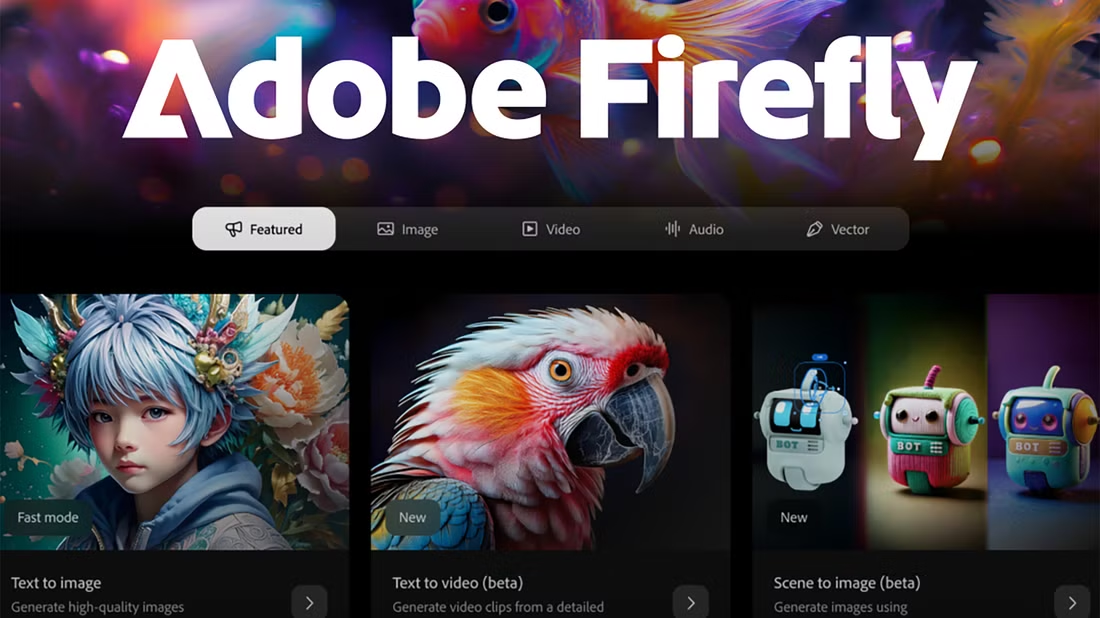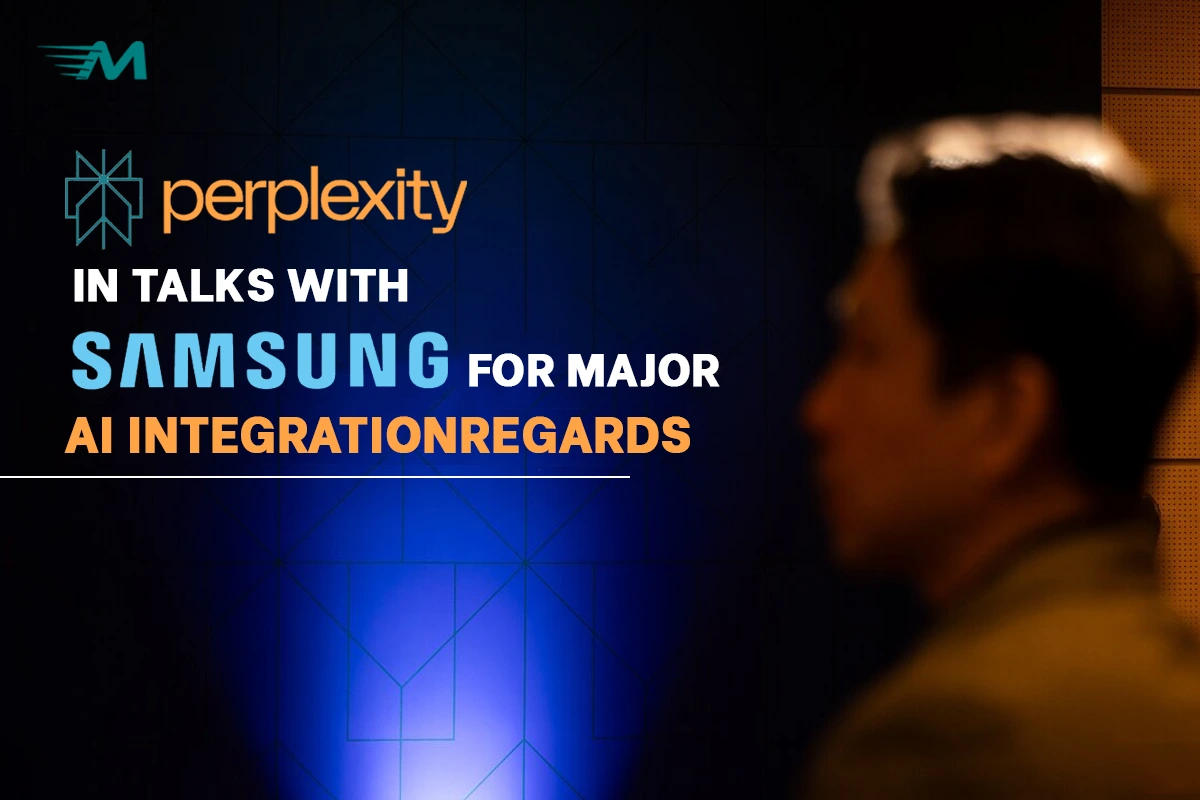Adobe Firefly, a suite of generative AI models, has expanded its capabilities to include video generation, marking a significant leap in creative technology. Launched in public beta on February 12, 2025, the Firefly Video Model allows users to create high-quality 1080p videos from text prompts or images, offering unprecedented creative control for professionals and hobbyists alike. This article explores the features, applications, and implications of Adobe Firefly’s video generation capabilities, highlighting its role in transforming creative workflows.
Key Features of Firefly Video Model
The Firefly Video Model, accessible via the Firefly web app at firefly.adobe.com, introduces two primary features: Text to Video and Image to Video. These tools enable users to generate five-second video clips at 1080p resolution, downloadable as MP4 files. Here’s a breakdown of the key features:
- Text to Video: Users can input detailed text prompts—up to 1,000 characters—to describe the shot type, characters, actions, locations, and aesthetics. For example, a prompt like “a cinematic, medium shot of a fluffy rabbit in a snowy forest at sunrise, with dreamy bokeh and lens flares” can produce a visually stunning clip. The model supports precise camera controls, including shot size (close-up to long shot), camera angles (aerial, eye-level), and motion presets (panning, handheld), ensuring tailored results. Text within videos, such as titles, can be included by placing words in quotes (e.g., “CAT”).
- Image to Video: Users can upload a reference image and pair it with a text prompt to animate stills or illustrations. Additionally, keyframes for the start and end of the clip can be set to ensure visual continuity, making it ideal for creating smooth transitions or extending existing footage.
- Commercial Safety: Unlike many AI models, Firefly is trained exclusively on licensed Adobe Stock content and public domain material, ensuring outputs are IP-friendly and safe for commercial use. Content Credentials, part of Adobe’s Content Authenticity Initiative, are attached to generated videos to indicate AI usage, promoting transparency.
- Integration with Creative Cloud: Generated videos seamlessly integrate with Adobe Premiere Pro and After Effects, allowing users to blend AI-generated clips with existing footage or use tools like Generative Extend in Premiere Pro (beta) to add up to two seconds to clips for smoother transitions.
The model also supports atmospheric elements like smoke, fire, or water, and can generate 2D or 3D animations, including claymation, making it versatile for various creative needs.
Recent Developments
Announced at Adobe MAX 2024 and released in public beta in February 2025, the Firefly Video Model has garnered significant attention. Posts on X reflect excitement, with users praising its ability to animate photographs and create professional-grade b-roll. Adobe’s focus on “commercially safe” outputs has addressed concerns about intellectual property, distinguishing it from competitors like OpenAI’s Sora or Runway’s Gen-3 Alpha, which may face scrutiny over training data.
The redesigned Firefly web app now supports multiple AI models, including non-Adobe options like Google’s Veo 2 and Flux 1.1 Pro, allowing users to switch models while maintaining Content Credentials. New subscription plans—Firefly Standard ($9.99/month, 2,000 credits, ~20 videos) and Firefly Pro ($29.99/month, 7,000 credits, ~70 videos)—offer access to premium features, though beta access remains free with rate limits.
Applications in Creative Workflows
The Firefly Video Model is designed to streamline video production:
- B-Roll and Stock Footage: Generate high-quality b-roll, such as landscapes, animals, or atmospheric effects, to fill gaps in timelines or enhance storytelling.
- Storyboarding and Ideation: Create quick visualizations for pitches or storyboards using text prompts or keyframes, saving time in pre-production.
- Visual Effects and Animation: Add elements like lens flares, smoke, or 3D animations to existing footage, or create entirely new clips for motion graphics.
- Multilingual Translation: Firefly’s audio and video translation tools support over 20 languages, maintaining voice tone and realistic lip-syncing, ideal for global content creation.
Leading brands like PepsiCo, Deloitte Digital, and Stagwell have adopted Firefly for its creative control and efficiency, using it for everything from concept art to production-ready assets.
Limitations and Considerations
While powerful, the Firefly Video Model has limitations in its beta phase:
- Videos are capped at five seconds and 1080p, though Adobe plans to introduce a 4K model soon.
- Prompts must be concise (under 1,800 characters) and specific for optimal results.
- Access may vary by region due to regulatory requirements, and users must ensure they have rights to uploaded images.
- Some X users have reported hitting generation limits quickly, even with Creative Cloud subscriptions, suggesting Adobe is still refining credit allocation.
Ethical and Industry Implications
Adobe’s commitment to ethical AI sets Firefly apart. By avoiding training on public figures or controversial content (e.g., nudity, drugs), Firefly ensures safe outputs. However, some creatives express concerns about AI reducing demand for traditional skills, though Adobe argues it creates “infinite demand” for personalized content. The debate continues on X, with some artists criticizing AI’s impact on their livelihoods, while others see Firefly’s licensed approach as a step toward responsible innovation.
Conclusion
Adobe Firefly’s video generation capabilities mark a pivotal moment in AI-driven creativity. By combining text-to-video and image-to-video tools with precise controls and commercial safety, Firefly empowers creators to ideate, iterate, and produce faster. As Adobe continues to refine the model based on beta feedback, its integration into Creative Cloud and focus on ethical AI position it as a leader in the generative AI space. For those eager to explore, the public beta is available at firefly.adobe.com, offering a glimpse into the future of video production.






